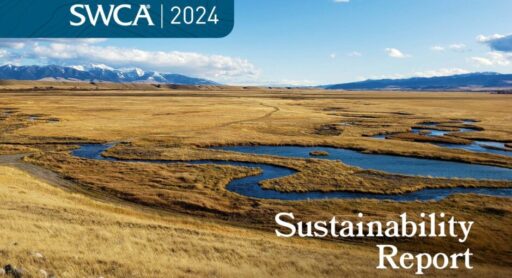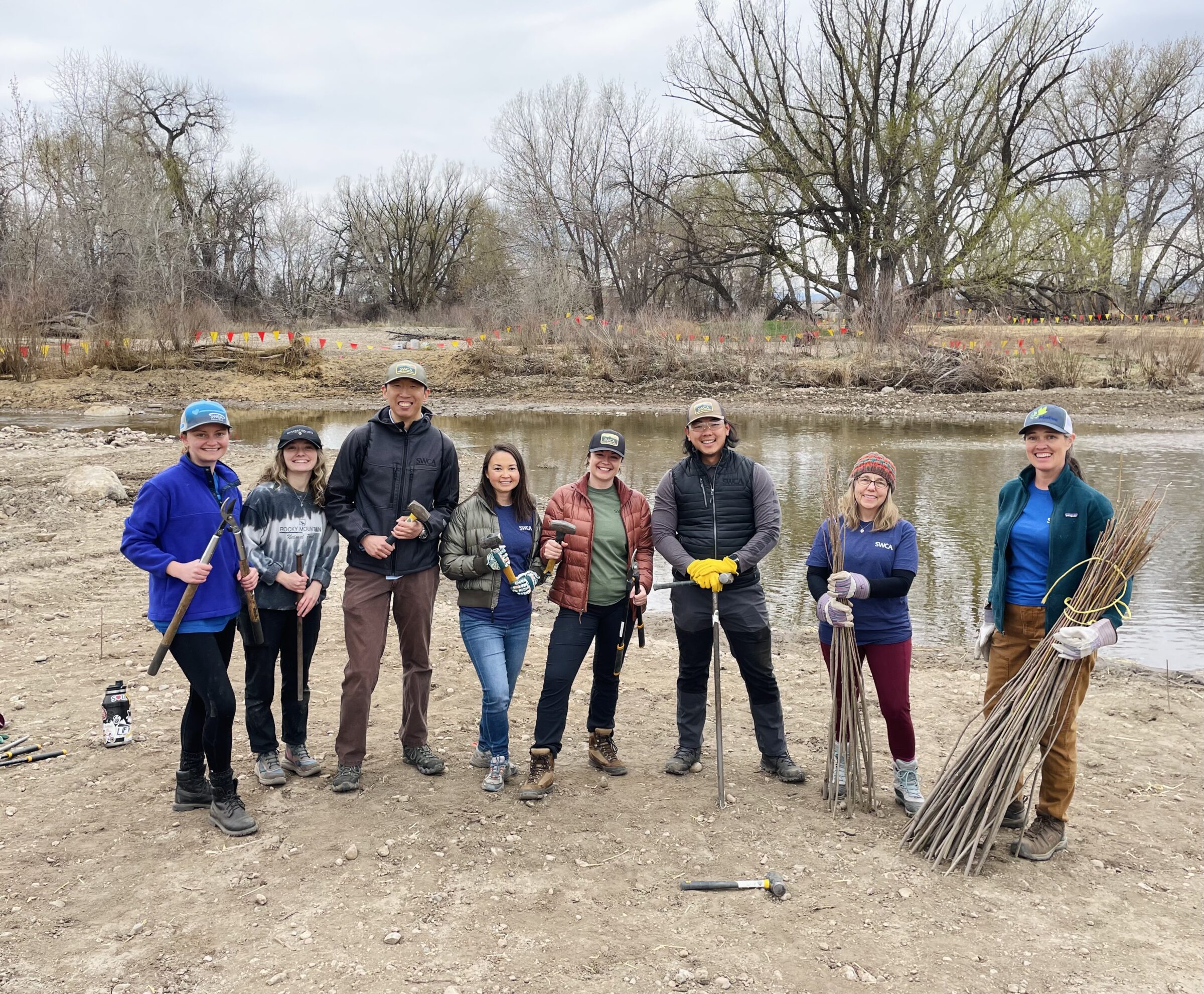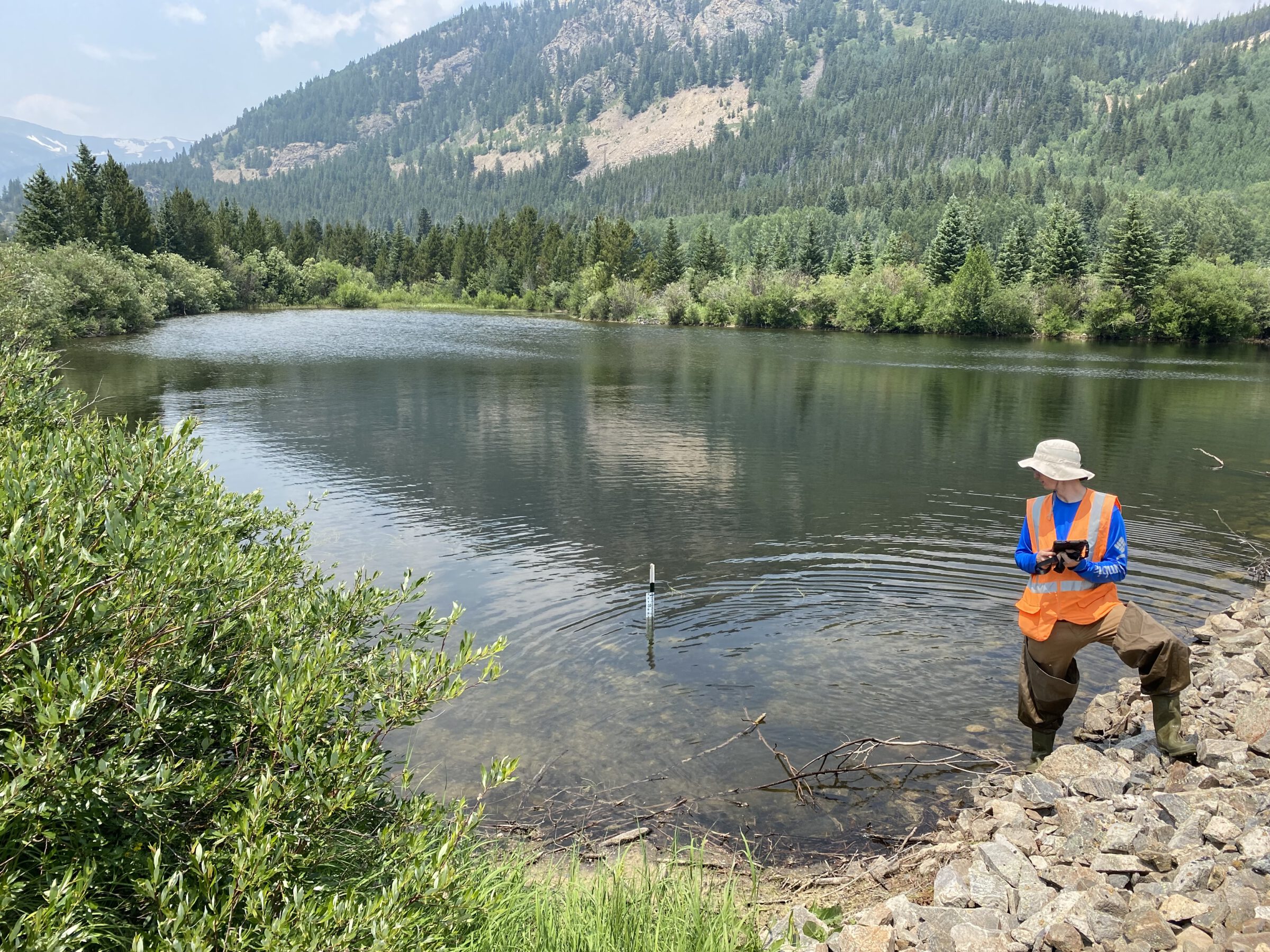2025
Comparably’s Best Company Outlook
* Providing engineering services in these locations through SWCA Environmental Consulting & Engineering, Inc., an affiliate of SWCA.

From the experts we hire, to the clients we partner with, our greatest opportunity for success lies in our ability to bring the best team together for every project.
That’s why:

At SWCA, sustainability means balancing humanity’s social, economic, and environmental needs to provide a healthy planet for future generations.

SWCA employs smart, talented, problem-solvers dedicated to our purpose of preserving natural and cultural resources for tomorrow while enabling projects that benefit people today.

At SWCA, you’re not just an employee. You’re an owner. Everyone you work with has a stake in your success, so your hard work pays off – for the clients, for the company, and for your retirement goals.
EPA and USACE Publish Final Rule on Waters of the United States
Nathan Jones is a Principal Environmental Consultant who oversees and manages renewable energy development projects. His extensive experience includes supporting, permitting, and managing projects on federal, state, and private lands. Nathan is well-versed in regulatory frameworks such as FAST-41 (Title 41 of the Fixing America’s Surface Transportation (FAST) Act), NEPA, ESA, CWA, and NHPA, along with state and local regulations. Additionally, he offers technical assistance to other project managers in the renewable energy sector.


On December 30, 2022, the U.S. Environmental Protection Agency (EPA) and U.S. Army Corps of Engineers (USACE) announced a final rule that will update the definition of waters of the U.S. (WOTUS) for use in regulations under the Clean Water Act (CWA). This rule is the latest, but certainly not the last, attempt to codify nationwide regulations that define the jurisdictional extent of the CWA.

The new rule largely codifies the approach for determining jurisdiction that the agencies have relied on nearly consistently since 2008; the two short-lived exceptions are the Obama-era Clean Water Rule and the Trump-era Navigable Waters Protection Rule. Broadly speaking, the newly finalized rule represents middle ground when compared to the iterations promulgated under the previous two U.S. presidential administrations—the rule extends jurisdiction to many features that were excluded under the Trump-era Navigable Waters Protection Rule and potentially does not include features that were considered jurisdictional under the Obama-era Clean Water Rule.
To summarize some of the most applicable highlights, the agencies’ new rule defines WOTUS as:
A. Features that do not require a site-specific evaluation to be determined to be WOTUS
B. Features that are WOTUS if they are found to have a significant nexus to a Traditional navigable Water, interstate water, or territorial sea
C. Features that are not WOTUS
The new rule adds substantially to guidance on determining whether a significant nexus exists through “material influence” on connected waters by evaluation of
Of these five factors, distance and hydrology will receive the greatest weight in the assessing the strength of connectivity and material influence.
SWCA will schedule a webinar to discuss the new WOTUS rule; a related pending Supreme Court decision; and other related regulatory developments, such as a National Ordinary High-Water Mark (OHWM) guidance. Additional pending program changes include the CWA Section 401 Certification Rule and a National Historic Preservation Act Section 106 update relevant to USACE permit evaluations. In the meantime, please reach out to your normal SWCA contact or Bonnie Rogers (West)